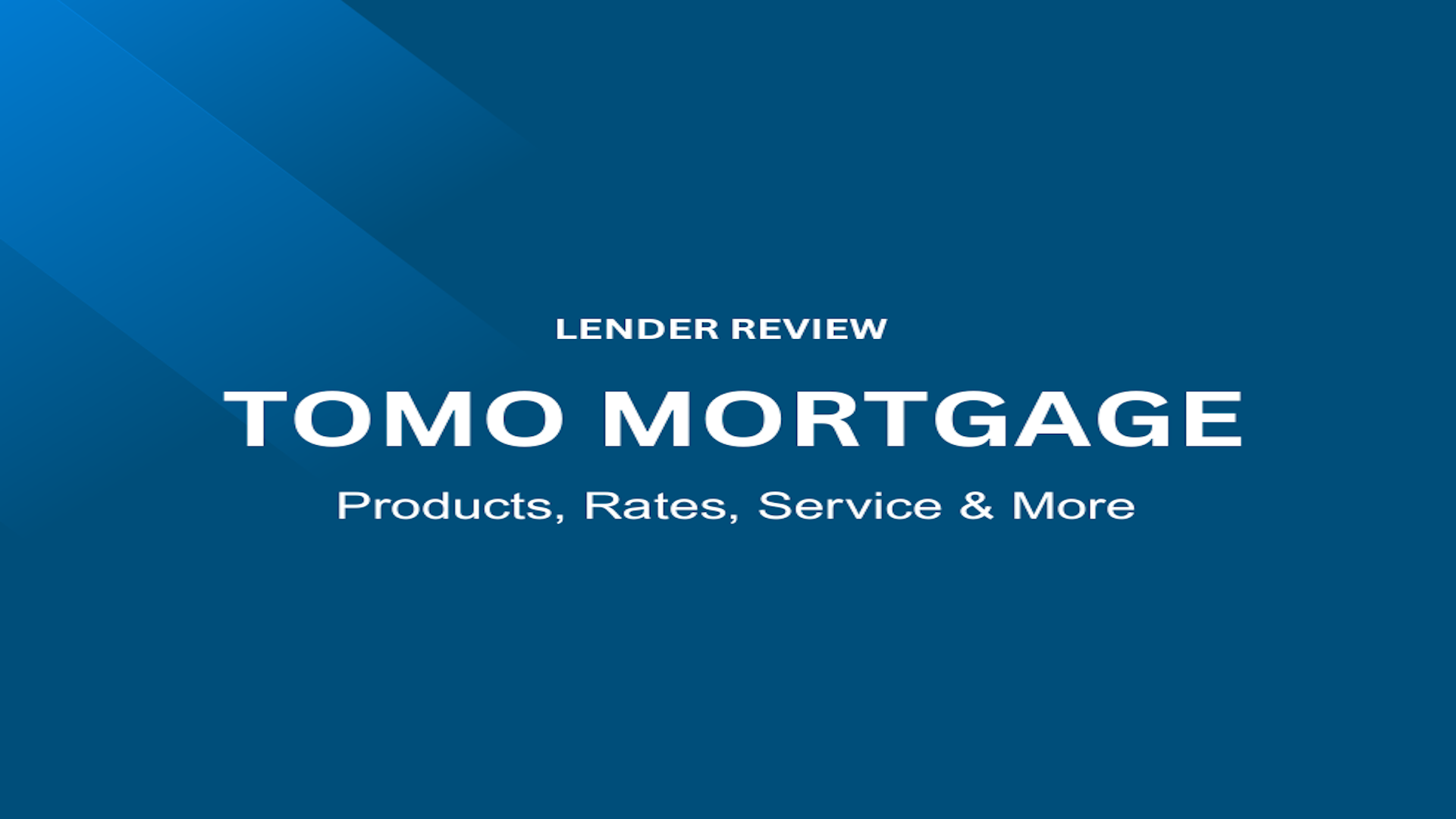
What is the FHA Streamline refinance?
An FHA Streamline Refinance is a simplified way for FHA borrowers to get lower rates and smaller monthly payments.
The catch is that not every FHA borrower qualifies — and sometimes you can do better refinancing with another loan program.
As always, you need to shop around for your best refinance deal.
That’s especially true if a lender has contacted about doing an FHA Streamline Refi. You should never take an unsolicited refinance offer at face value.
First, do your research to make sure you understand what the offer entails. Decide if a refinance is really worth it for you, and check in with other lenders to see if you can find a better deal elsewhere.
Verify your FHA Streamline Refinance eligibility (Dec 8th, 2020)In this article (Skip to…)
- About the FHA Streamline Refinance
- FHA Streamline benefits
- When is the FHA Streamline a good idea?
- Why does the FHA offer Streamline refinancing?
- What are the downsides?
- Today’s FHA refinance rates
About the FHA Streamline Refinance program
Maybe you found the FHA Streamline Refinance on your own, and you’re wondering if it’s a good idea.
Or maybe you were contacted by a lender offering ultra-low refinance rates and big monthly savings.
In this case, it’s not uncommon to wonder if the FHA Streamline program is a scam.
While it might sound too good to be true, the FHA Streamline is a perfectly legit refinance program backed by the Federal Housing Administration. It can offer a simplified, low-doc application process and below-market rates.
But you have to be a qualified homeowner with a current FHA loan to use this program.
And you’ll want to check all your options before using an FHA Streamline because there’s a chance another refinance program might help you save more.
Here’s how you can evaluate the FHA Streamline program and figure out if it’s the right refinance loan for you.
Check your FHA refinance rates (Dec 8th, 2020)Benefits of an FHA Streamline Refinance
An FHA Streamline is one of the easier refinance programs to qualify for, with minimum documentation and no home appraisal required.
If you have a current FHA loan, and you’ve been making full and timely mortgage payments, you may well qualify for an FHA Streamline Refinance.
- You must have an existing FHA-backed mortgage
- You must have a history of on-time payments
- You must wait at least 210 days after buying the home or refinancing to use the FHA Streamline
- There needs to be a clear monetary benefit for the new loan — called a ‘Net Tangible Benefit’ — to be eligible
These FHA Streamline requirements mostly apply to your existing mortgage.
When it comes to borrower requirements, FHA is pretty lenient.
- The lender does not have to verify your income or employment
- The lender does not have to verify your credit score or check your credit report (though some may do so anyway)
- A home appraisal is not required
Because there are so few documents required, an FHA Streamline loan may close faster than a traditional refinance. And you’re likely to save money on closing costs because you won’t have to pay for a new home appraisal.
Verify your FHA Streamline Refinance eligibility (Dec 8th, 2020)
When is the FHA Streamline a good idea?
The simplest answer is that if an FHA Streamline Refinance can significantly lower your interest rate and monthly payment, it’s probably a good idea.
But of course, refinancing is never quite that easy. There are many different ways you can look at the cost vs. benefit of a mortgage refinance.
Here are a few questions to help you evaluate your current FHA loan, your potential new loan, and your savings opportunities via the FHA Streamline or another refi program.
How much interest can I save?
How much you save depends on your current interest rate and your new one. You new rate will vary depending on the market and the lender you decide to work with.
Given that mortgage rates today are at or near record lows, it’s at least worthwhile to see what rate might be available in your situation.
To get the best deal available, make sure to shop around with a few different mortgage lenders. Rates can vary a lot from one company to the next, so you wont always get a lower rate from your current lender (or the one that sent you a flyer or email offering big savings).
The only way to know which lender has the best FHA Streamline rates is to apply with at least 3-5 and pick your lowest offer.
Does a lower rate make refinancing worthwhile?
A lower rate doesn’t always make refinancing worthwhile.
You want to see how many months it will take before loan savings ‘break even’ with your closing costs. If you’ll stay in the home past the break-even point, you’ll start seeing real savings.
You should also watch out for lenders that define “savings” as the difference between your new payment and your old one.
Look out for lenders that define “savings” as the difference between your new payment and your old one. It’s possible to lower your monthly payment but increase your long-term cost.
Remember that refinancing starts your loan over. So it’s often possible to lower your monthly mortgage payments but actually increase your overall cost, because you’re spreading the loan balance and interest payments over a new 30 year term.
In addition, there might be other reasons to refinance besides a lower rate and monthly payment.
For example, FHA allows refinancing from an adjustable-rate mortgage to a fixed-rate mortgage under the Net Tangible Benefit rule.
So if your current FHA loan is an ARM and you want to secure fixed-rate financing at todays low rates, that may be possible via the FHA Streamline Refinance.
Verify your new rate (Dec 8th, 2020)What happens to FHA mortgage insurance premiums?
Remember, FHA is not a lender. It’s an insurance plan. To access the benefits of FHA financing, borrowers need to pay for mortgage insurance premium (MIP).
The FHA charges two kinds of mortgage insurance, both of which apply to FHA Streamline Refinance loans:
- Upfront mortgage insurance premium (upfront MIP) is equal to 1.75% of the loan amount
- Annual mortgage insurance premium (annual MIP) equal to 0.85% of the loan amount, broken into monthly installments
Refinancing via the FHA Streamline program will not cancel your mortgage insurance. But it may help you lower your MIP rate.
Homeowners who got an FHA loan between 2010 and 2015 may still be paying an annual MIP rate of 1.35%. In these cases, refinancing to a lower interest rate lower MIP rate of 0.85% could yield significant monthly savings.
There are even cheaper rates when a Streamline Refinance is used to replace an FHA loan originated on or before June 1, 2009.
Homeowners with older FHA loans should look into refinancing with a conventional loan to get rid of MIP.
With older loans the upfront MIP is 0.01% ($10 for a $100,000 loan balance) while the annual fee is 0.55%.
That sounds like a big saving, but in practice borrowers with older FHA loans may do better with a different loan type.
That’s because home prices across the country have risen substantially since 2009. Many borrowers with older FHA loans have at least 20% equity and can refinance without any mortgage insurance.
If you have at least 20% home equity, refinancing from an FHA loan to a conventional loan could eliminate your mortgage insurance altogether and help you save more in the long run.
Was your original FHA loan opened before June 3, 2013?
Prior to June 3, 2013, the FHA had an insurance cancellation policy that allowed borrowers to end MIP coverage in as little as five years. This could only happen if the loan balance had fallen to 78% of the original debt.
Now, the story is different.
- If you borrow with at least 10% down, FHA MIP can be canceled in 11 years
- If you borrow with less than 10% down — as most FHA borrowers do — the annual MIP remains in place as long as the loan is outstanding
For those with a pre-2013 FHA loan, refinancing into a new FHA loan could saddle you with mortgage insurance that never goes away.
Instead of jumping into an FHA Streamline Refinance, look at all your options.
If you have at least 20% equity and 620 credit, you might be able to refinance directly into a conventional loan with no private mortgage insurance (PMI).
If you have strong credit but haven’t quite reached 20% equity, you might still want to refinance into a conventional loan. PMI can be canceled once you do reach 20% equity — unlike FHA mortgage insurance, which can only be removed by refinancing.
Find the right refinance loan for you (Dec 8th, 2020)Why does the FHA offer Streamline refinancing?
A low-doc refinance program with ultra-low mortgage rates might sound too good to be true. But actually, it’s in the Federal Housing Administration’s best interest to offer Streamline refinancing.
The FHA can readily favor lower rates because it’s an insurance plan and not a lender. The agency has no incentive to keep borrowers in high-rate loans because it doesn’t profit from the interest paid on FHA loans.
To the FHA, lower rates mean smaller monthly mortgage payments. Smaller payments are easier for borrowers to handle. And that means fewer claims against its mortgage insurance program.
By helping homeowners refinance into more affordable home loans, FHA is really protecting itself from having to pay private lenders for loans that have defaulted.
What are the downsides of an FHA Streamline Refinance?
There are several requirements that can make an FHA Streamline Refinance unattractive.
First, with the FHA Streamline program, you can refinance your existing FHA loan balance but no cash-out refinancing is allowed.
If you want cash and have at least 20% equity, look into the FHA cash-out program or non-FHA programs. The attraction of non-FHA programs is that with 20% equity you won’t need mortgage insurance, a big money-saver.
Second, the FHA will not allow a Streamline Refinance unless it produces a Net Tangible Benefit. This is to protect borrowers against unscrupulous loan offers.
What are the downsides? You must have a good loan payment history; you must meet FHA’s definition of “Net Tangible Benefit”; and no cash-out is allowed.
Such benefits can include a rate drop of at least 0.5%, a switch from adjustable- to fixed-rate financing, or a shorter loan term.
However, FHA guidelines can be complicated. For example, if you switch from an ARM to a fixed-rate loan, an increased monthly cost is allowed.
In addition, your existing FHA loan must be current. The three most recent mortgage payments must have been paid in full and on time; at least 210 days must have passed since your current loan was originated; and you must have made at least six payments on your existing loan.
For details and specifics, speak with loan officers and compare FHA Streamline refinance offerings.
Today’s FHA refinance rates
Mortgage interest rates are low across the board. That includes rates for FHA Streamline Refinancing.
Even though the FHA Streamline doesn’t require credit approval, your rates will still vary from one lender to the next. So it pays to shop around for the best deal.
Compare FHA Streamline rates from a minimum of 3 lenders to make sure you’re getting the lowest rate and monthly payment on your new loan.
Verify your new rate (Dec 8th, 2020)



